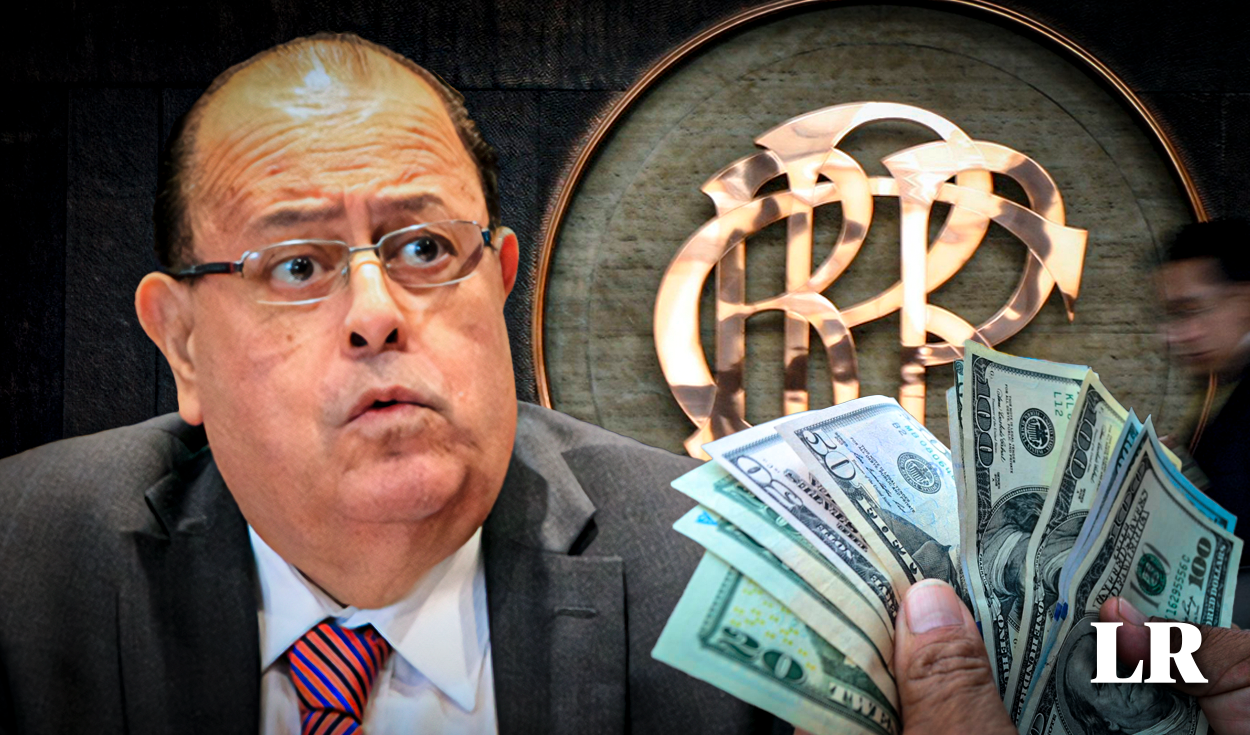
The Directory of Central Reserve Bank of Peru (BCRP) has decided to reduce the reference interest rate by 25 basis points, from 6% to 5.75%. Adjustments in the interest rate are conditional on new information about inflation. However, little has been said about how this relates to the price of the dollar.
The reduction in the interest rate could have effects on the exchange market, especially on the value of the dollar in Peru. To have a clearer idea on the subject, La República interviewed Renzo Vidal, director of the School of Economics at the Santo Toribio de Mogrovejo Catholic University, to find out what we can expect from the behavior of the dollar after the BCRP announcement.
What is the function of the BCRP interest rate?
According to the Central Reserve Bank (BCRP), the interest rate it sets seeks to be a reference for interbank operations, “which has effects on the operations of financial entities with the public.” However, it can be a bit nebulous as to what its importance and function is. Economist Renzo Vidal explains that the main job of the interest rate is to reduce inflation.
“The objective of the Central Bank with this rate is to rreduce inflation and keep it between 1% to 3% approximately, for the benefit of society. If we have high inflation, it can generate big problems that translate into obviously higher prices. If you don’t know how to control inflation, it enters an upward spiral, and traumatic things come like what Argentina is going through,” explains the specialist.
How does the reduction in the interest rate affect the price of the dollar?
Renzo Vidal explains that the interest rate sets the course and the decisions made by national and international investors, because they are obviously going to look for where they can buy to have greater profitability.
“Investors go where they pay more (…). If the interest rate is reducing, then it is no longer so profitable to buy a bond. But, if I see a more profitable one in the world, I better go there. So , I removed all my dollars that are in the Peruvian economy and took them to Australia, for example,” indicates the economist.
This action directly affects the price of the dollar, since its quantity decreases in the market. “Like any good that is scarce, it goes up. If we had 1,000 units of dollars in the market and now there are 800 dollar bills, clearly buying that bill is going to be more expensive because there are fewer”, specifies Vidal.
What could happen to the price of the dollar in the coming months?
However, the economist clarifies that he does not foresee sudden changes in the exchange rate. “The dollar will never stop, it will be at S/3.65 or S/3.85; perhaps it can stay at that level, but it will not reach S/4 or S/4.20,” he highlights.
The only exception could be if the country goes through a fairly serious political situation, since the “dollar can normally be tied to interest rates, country risk or problems that may exist in politics,” Vidal concludes.
Source: Larepublica
Alia is a professional author and journalist, working at 247 news agency. She writes on various topics from economy news to general interest pieces, providing readers with relevant and informative content. With years of experience, she brings a unique perspective and in-depth analysis to her work.












